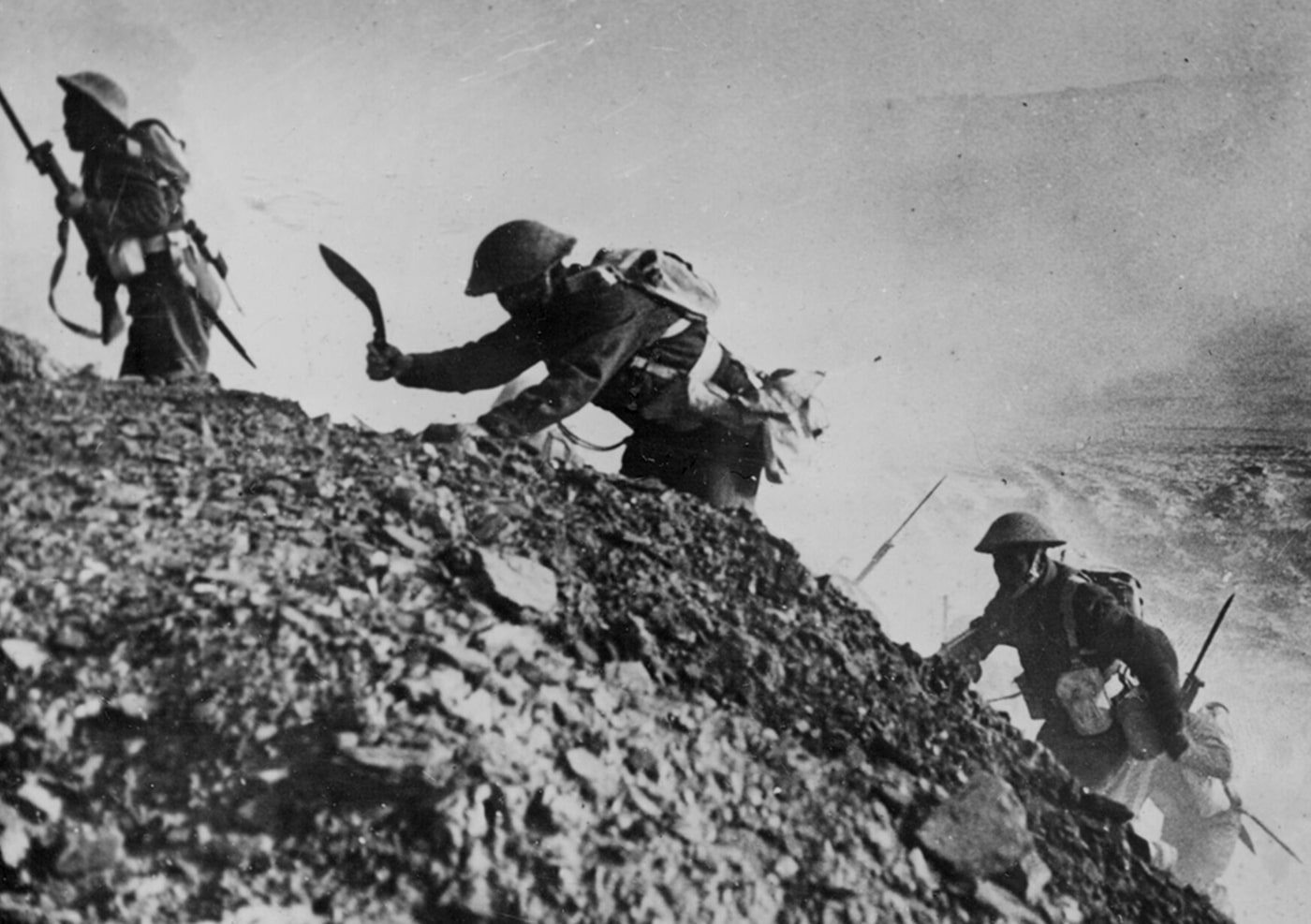The kukri, often described as an ideal chopping knife, gained attention after the debut of History’s "Forged in Fire" in 2015. This unique curved blade is marketed as a versatile tool, doubling as a survival knife. While it is often associated with fantastical stories, such as its requisite for bloodletting upon drawing, its utilitarian origins in Nepal and its use by the legendary Gurkhas is grounded in history. The kukri was not only a formidable weapon but also indispensable for everyday tasks, from chopping wood to slaughtering livestock, thus embedding itself deeply into both the practical and cultural elements of Nepalese life.

Historically, the Gurkhas, the esteemed Nepalese soldiers, bear the kukri as both a tool and symbol of their martial prowess. Their association with the kukri began after the Anglo-Nepalese War, where the British recognized the prowess of these warriors and enlisted them into the British Army. The kukri's design evolution reflects its dual purposes in both practical everyday use and as part of the military and ceremonial regalia for Gurkhas. Despite myths, its reputation as a deadly weapon is supported by historical anecdotes from global conflicts, notably during the World Wars, where the Gurkhas' bravery highlighted the kukri's effectiveness in close combat.
The kukri's cultural penetration extends into modern times, appearing in films and literature as a symbol of rugged resilience and combat proficiency. With numerous variations, the kukri's enduring legacy is its adaptability, found in a range from ornamental designs to functional military-grade versions. Its historical and cultural relevance showcases it as more than just a weapon; it is a testament to the resilience and identity of the Nepalese people and their storied military traditions.
No comments:
Post a Comment